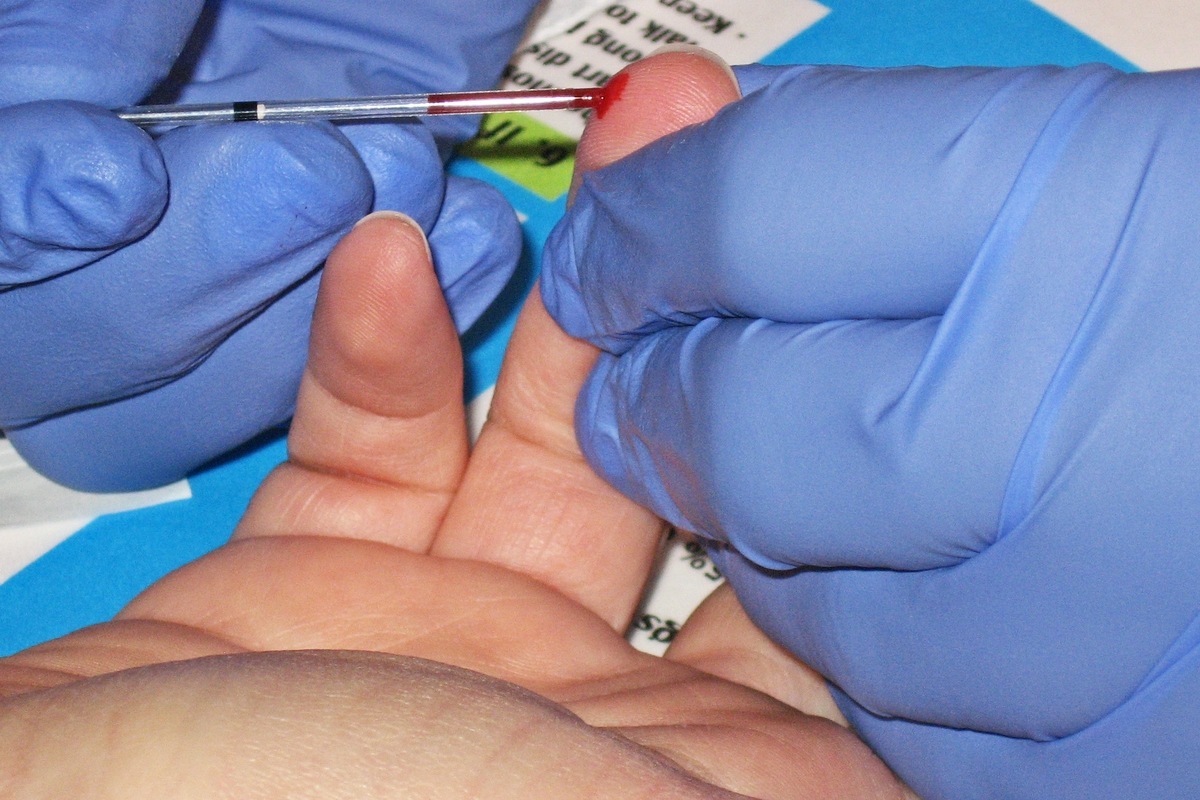
An observational study of patients with type 2 diabetes treated for coronary artery disease with second-generation drug-eluting stents (DESs) has found a significant association between poor glycaemic control and a higher risk of stent failure driven by in-stent restenosis.
Irene Santos-Pardo (Karolinska Institutet, Stockholm, Sweden) and colleagues studied over 52,000 patients with type 2 diabetes undergoing percutaneous coronary intervention (PCI) in Sweden between 2010 to 2020 and report that patients with poor glycaemic control had a 1.3-fold higher risk of stent failure. The findings of the study are detailed in a paper published in the Journal of the American College of Cardiology (JACC).
“Individuals with diabetes have a two-fold higher risk of developing coronary artery disease and an increased mortality rate following the onset of clinically manifest coronary artery disease compared with individuals without diabetes,” Santos-Pardo and colleagues write in the introduction to their study.
Few studies, they note, have probed the impact of glycaemic control—the maintenance of blood glucose levels to prevent both hypoglycaemia and hyperglycaemia—on the prognosis of patients undergoing revascularisation with PCI.
Using data from seven Swedish registries, the researchers sought to assess whether glycaemic control, measured as mean glycated haemoglobin—HbA1c—is associated with the risk of stent failure following PCI. Patients were stratified by glycaemic control, with HbA1c 6.1% to 7% (43–53 mmol/mol) within one year prior and up to six months post-PCI, and studied for primary endpoints including the incidence of in-stent restenosis or stent thrombosis, and secondary endpoints included myocardial infarction (MI) and all-cause death.
Santos-Pardo and colleagues write that the risk of stent failure “increased gradually alongside poor glycaemic control, independent of several clinical and procedural characteristics as well as previously identified risk factors”. The increased risk of stent failure, with was high in patients with an HbA1c level of <7% (53mmol/mol) was driven mainly by in-stent restenosis, the investigators found.
“In our study, we observed a significant J-shaped association between glycaemic control and the risk of death,” the study’s authors write. “The shape of the association was mirrored for the secondary endpoint MI, but did not reach statistical significance. These findings highlight the strong link between vascular complications and mortality with glycaemic exposure, which may not always follow a linear relationship.”
Furthermore, the researchers write that poor glycaemic control also confers a higher risk of non-target vessel revascularisation, indicating that glycaemic control is relevant not only with regard to the stented vessels but also in the progression of atherosclerosis in the native coronary arteries.
In outlining the limitations of their study, Santos-Pardo et al write that the occurrence of the main outcome, stent failure, was noted through a clinically driven angiography or incidentally found when a coronary angiography was performed for some other cause but not systematically searched for. Previous estimates suggest that up to 50% of in-stent restenosis may be clinically silent, and therefore the strength of the association and the absolute rate of the outcome may have been underestimated.










